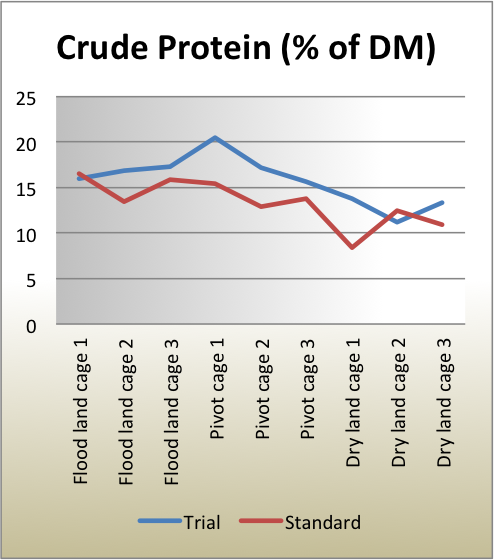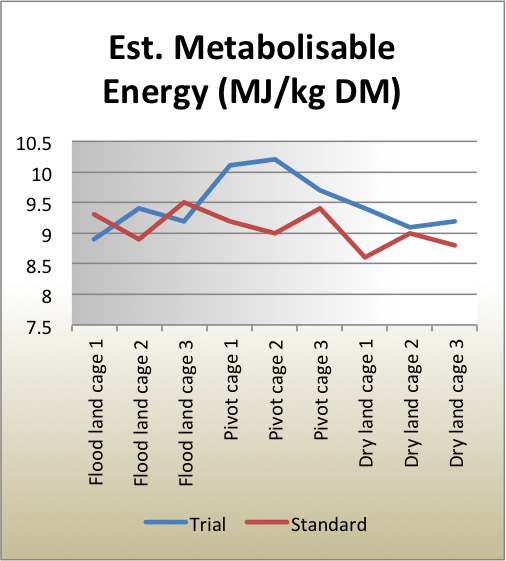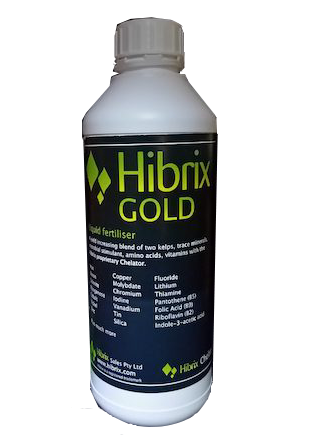Hibrix
Prevent Phosphorus Wastage
- By reducing the amount you apply, but keeping the amount required, the formula for Phosphorus run off and wastage is simple;
- Put LESS on, get LESS wastage and run off
Pre-Hibrix farmers apply 30 – 100 kg of phosphorus to the soil. Not all of this goes into the plant, some goes into the soil, much of it ends up in our lakes and rivers. Not only is this wasteful it is expensive.
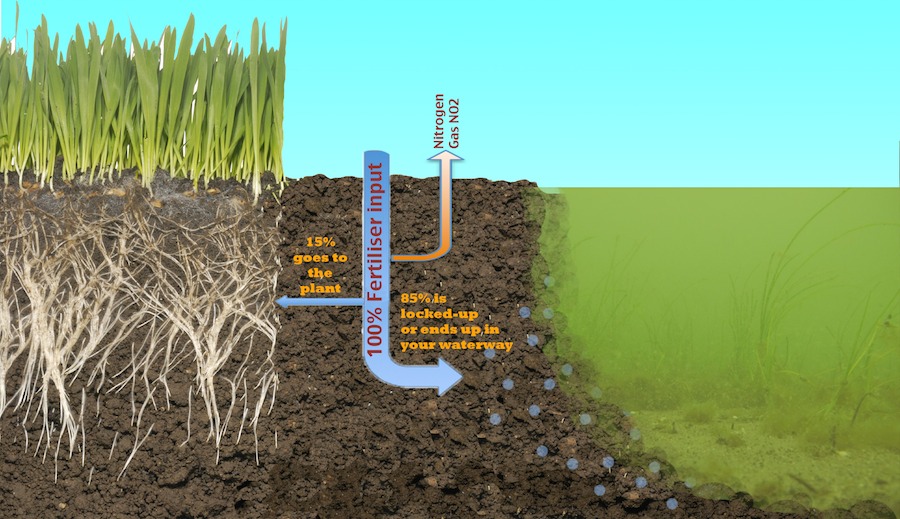
How Hibrix Can Help
Scientist and industry leaders agree we are headed for a phosphorus crisis. The human population is growing and world phosphorus reserves are not renewable of replaceable. Once they are gone – they are gone.
We need to produce more food with less phosphorus.
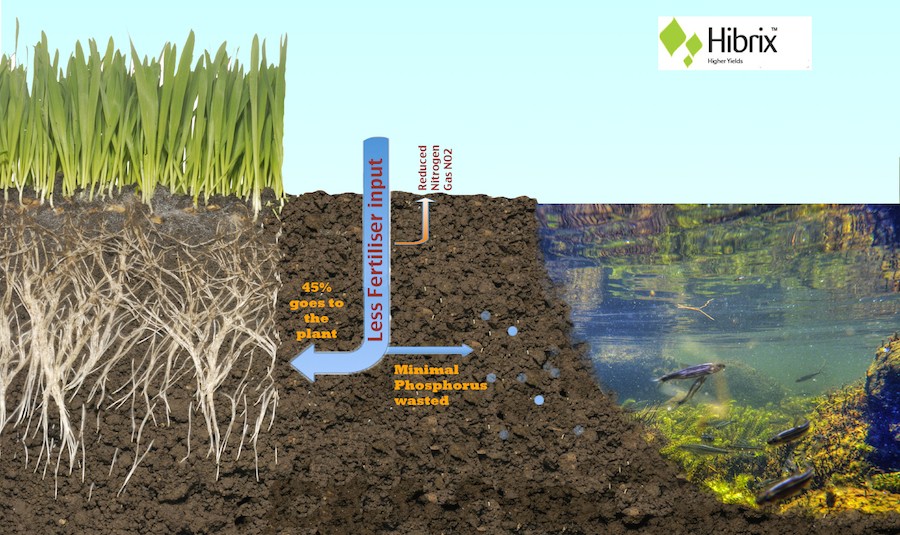
Hibrix – Increasing Pasture
More biomass, more energy, less expense.
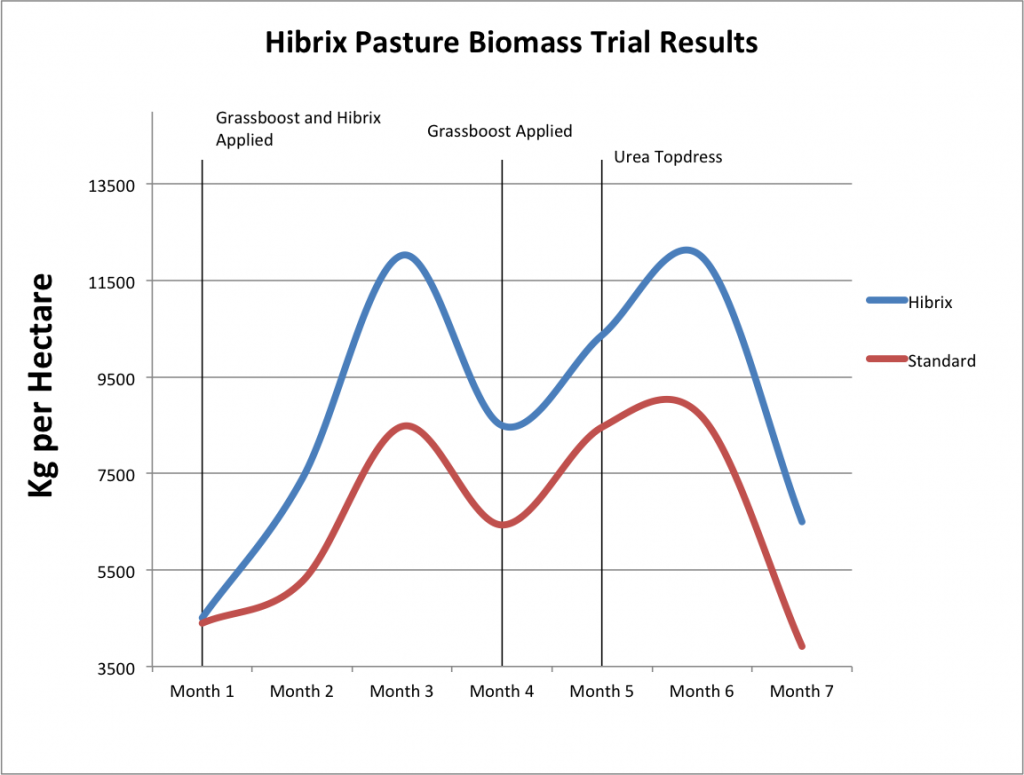
At Waroona in the Peel region of Western Australia in 2014, 18 by 1m square wire cattle cages were placed at random to evaluate the effects of Hibrix pasture treatment combined with a reduced rate (50%) of NPK fertiliser. The trial was split into three variants being dry land pasture, pivot irrigated pasture and flood irrigated pasture. Hibrix was applied to the pasture by spray boom in 12m strips. Each cage was harvested with hand shears, weighed on site, dried and analysed for digestible energy and mineral content.
The biomass of the Hibrix treated plots was significantly higher than the non-Hibrix plots. With the pivot irrigated pasture showing the most significant increase. On average Hibrix increased the pasture biomass yield by 44% across the farm.
